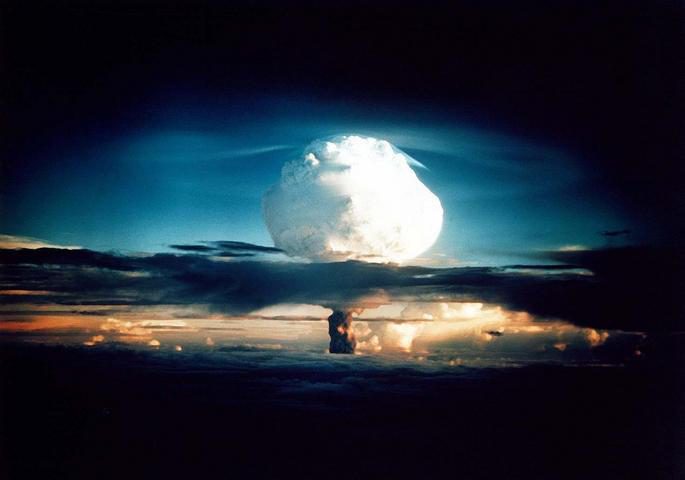This week saw important developments surrounding the Radiation Exposure Compensation Act (RECA), which provides compensation to individuals affected by U.S. nuclear testing and uranium mining and expired in June earlier this year, leaving many who were exposed to radiation without compensation. Advocates and lawmakers are intensifying efforts to push Speaker Mike Johnson to bring RECA back to the House floor for a vote.
Two Native American women, Linda Evers and Tina Cordova, have been at the forefront of this fight, advocating tirelessly to preserve and extend RECA’s provisions. Their work has resonated powerfully, especially in New Mexico, where uranium mining and nuclear tests have left entire communities facing severe health crises. These populations have been disproportionately impacted by radiation and suffered from generations of exposure to radioactive contamination, leading to chronic illnesses, cancers, and premature deaths. The situation is especially dire for Native American and rural communities, who have long borne the brunt of this toxic legacy, with little to no compensation or acknowledgment. The fight to extend RECA is not just about justice—it’s about survival for those still suffering the long-term effects of these catastrophic policies.
In a recent Washington, D.C. event, activists from New Mexico voiced their frustrations over the lack of progress, pushing lawmakers to extend the act and increase compensation limits. See more on this in the news report above from KOB 4.



